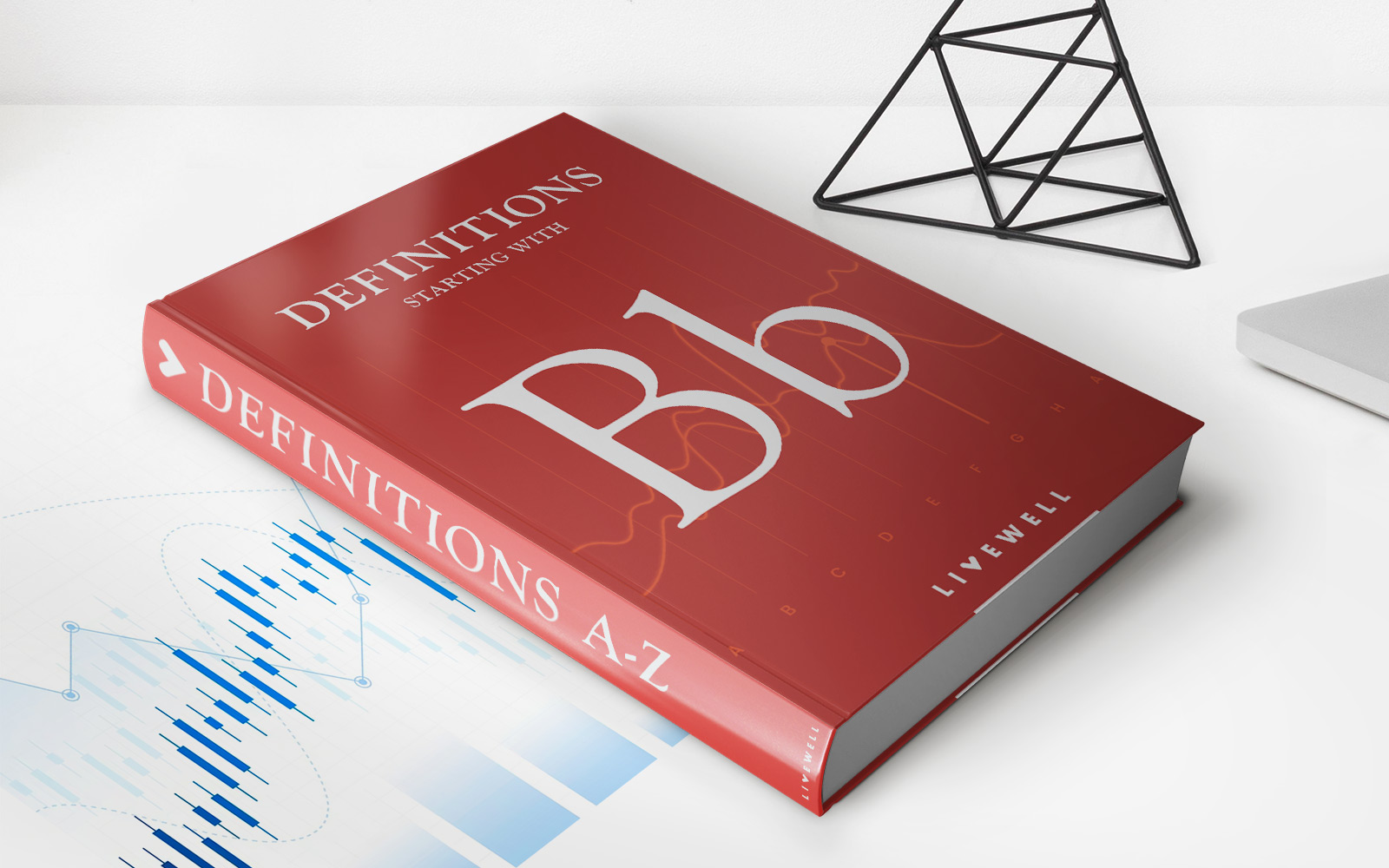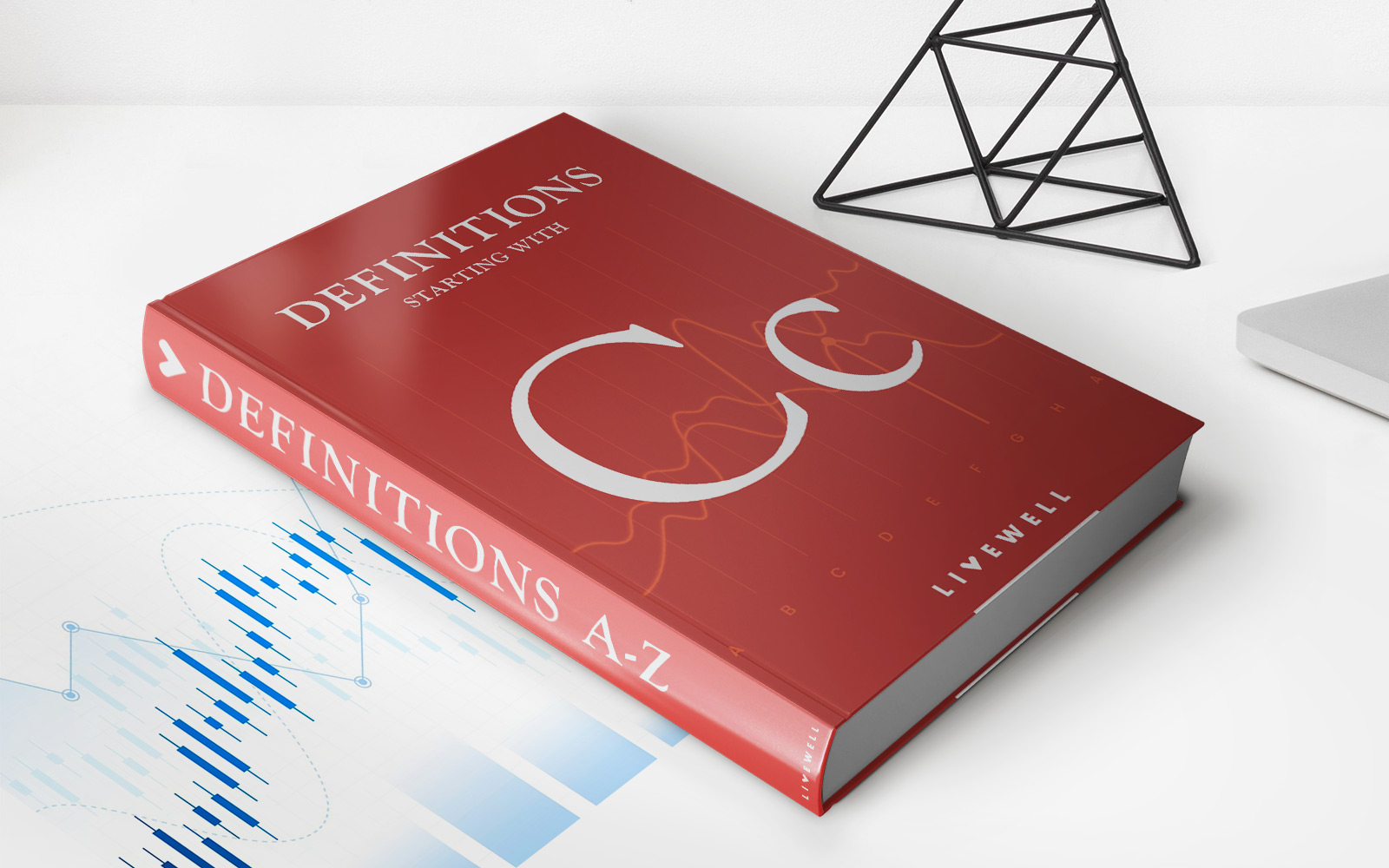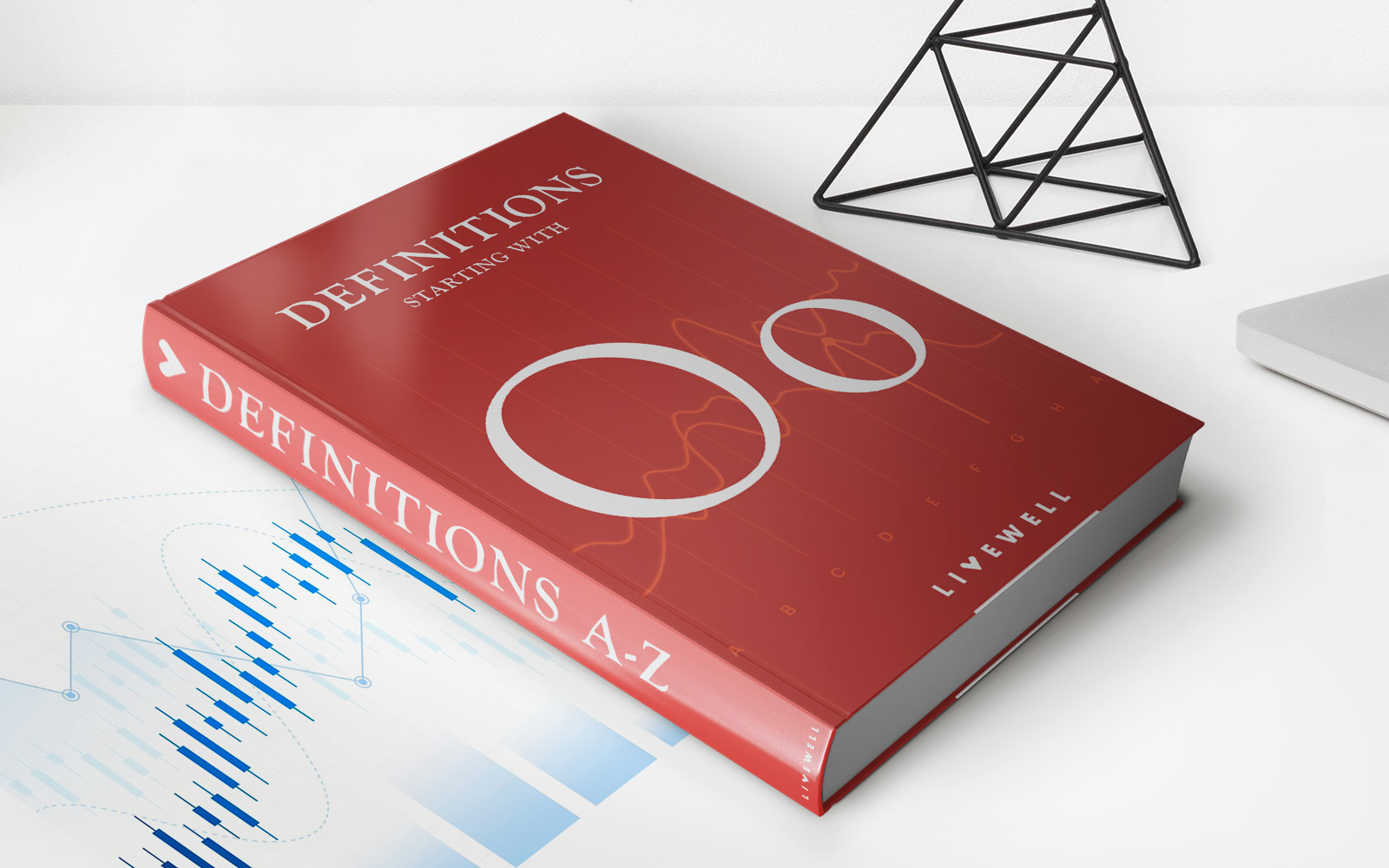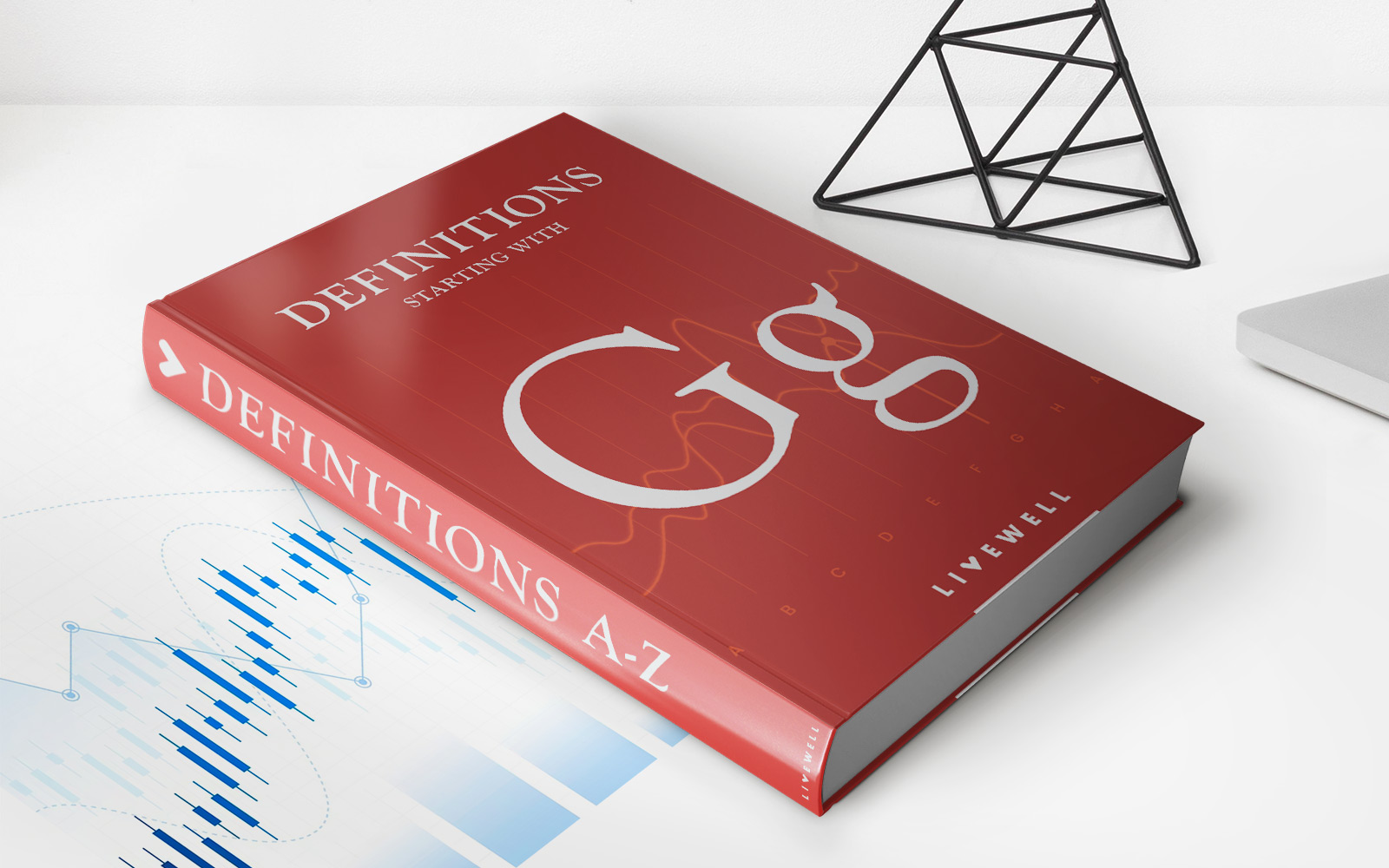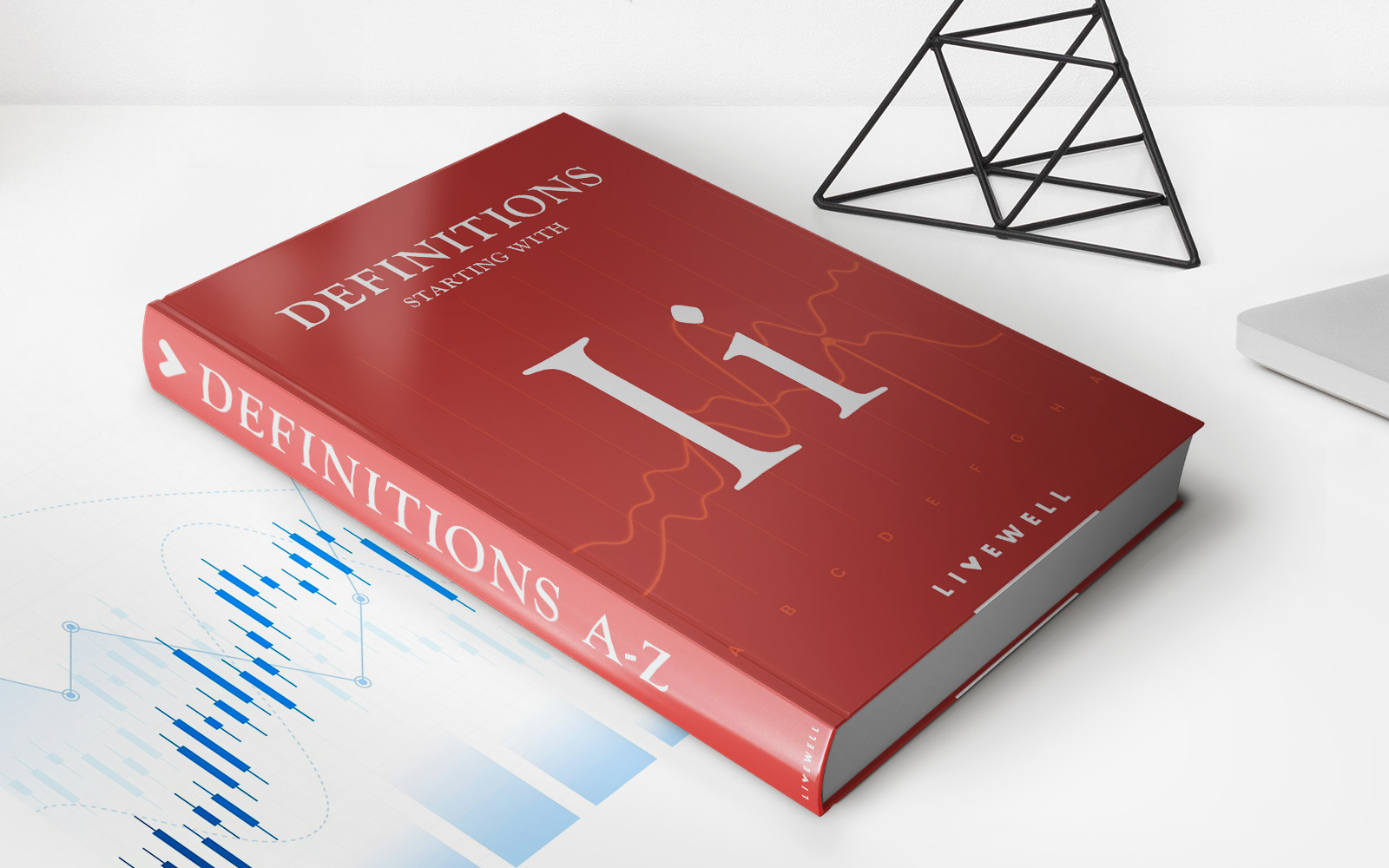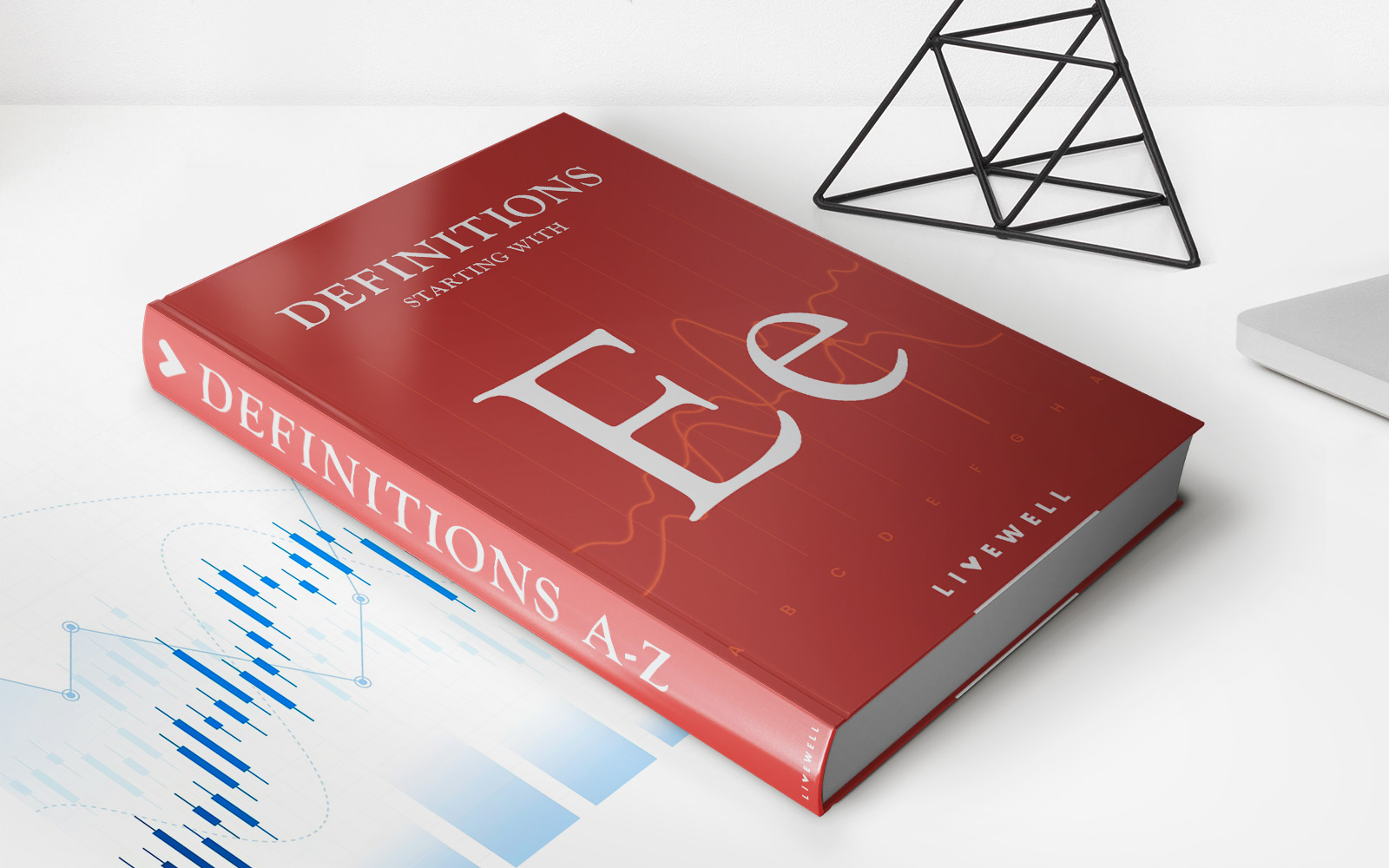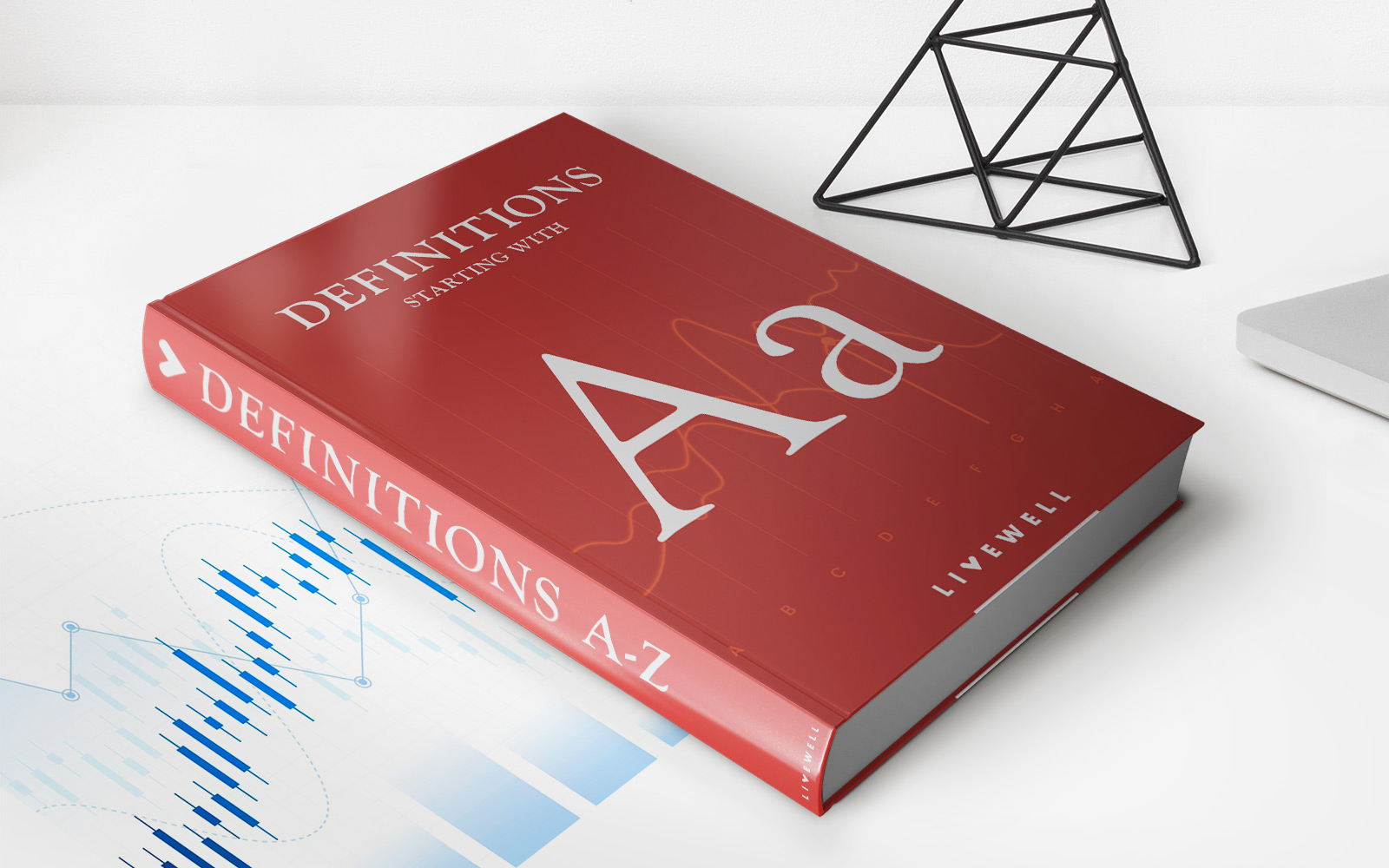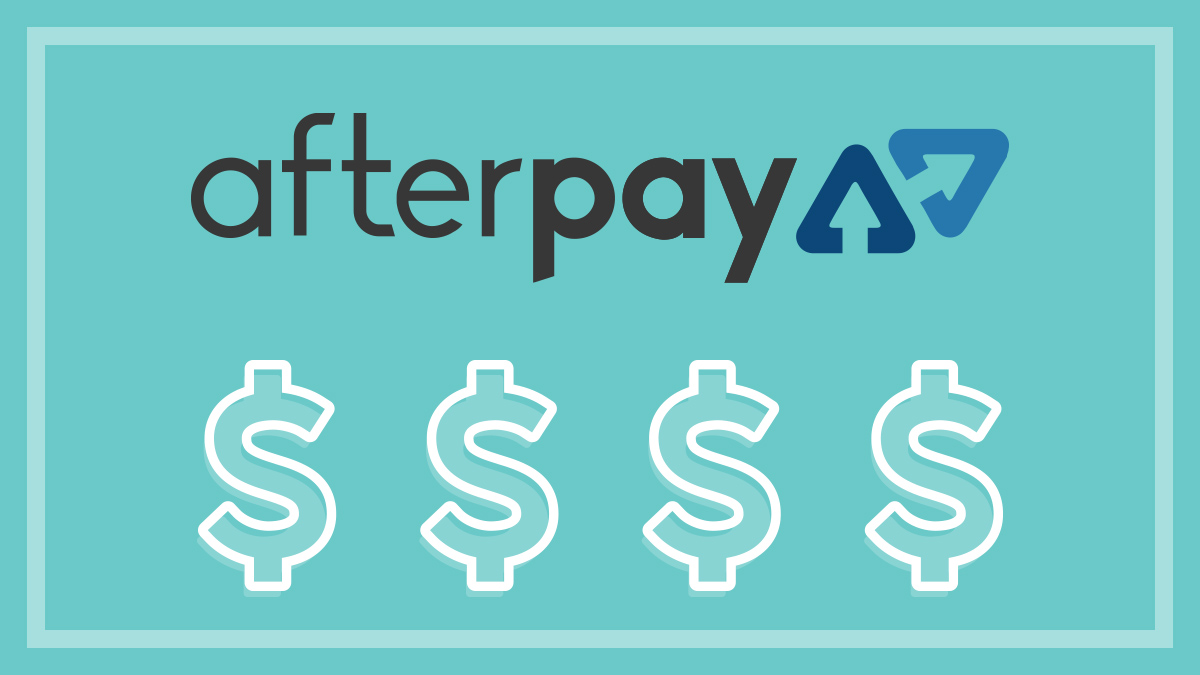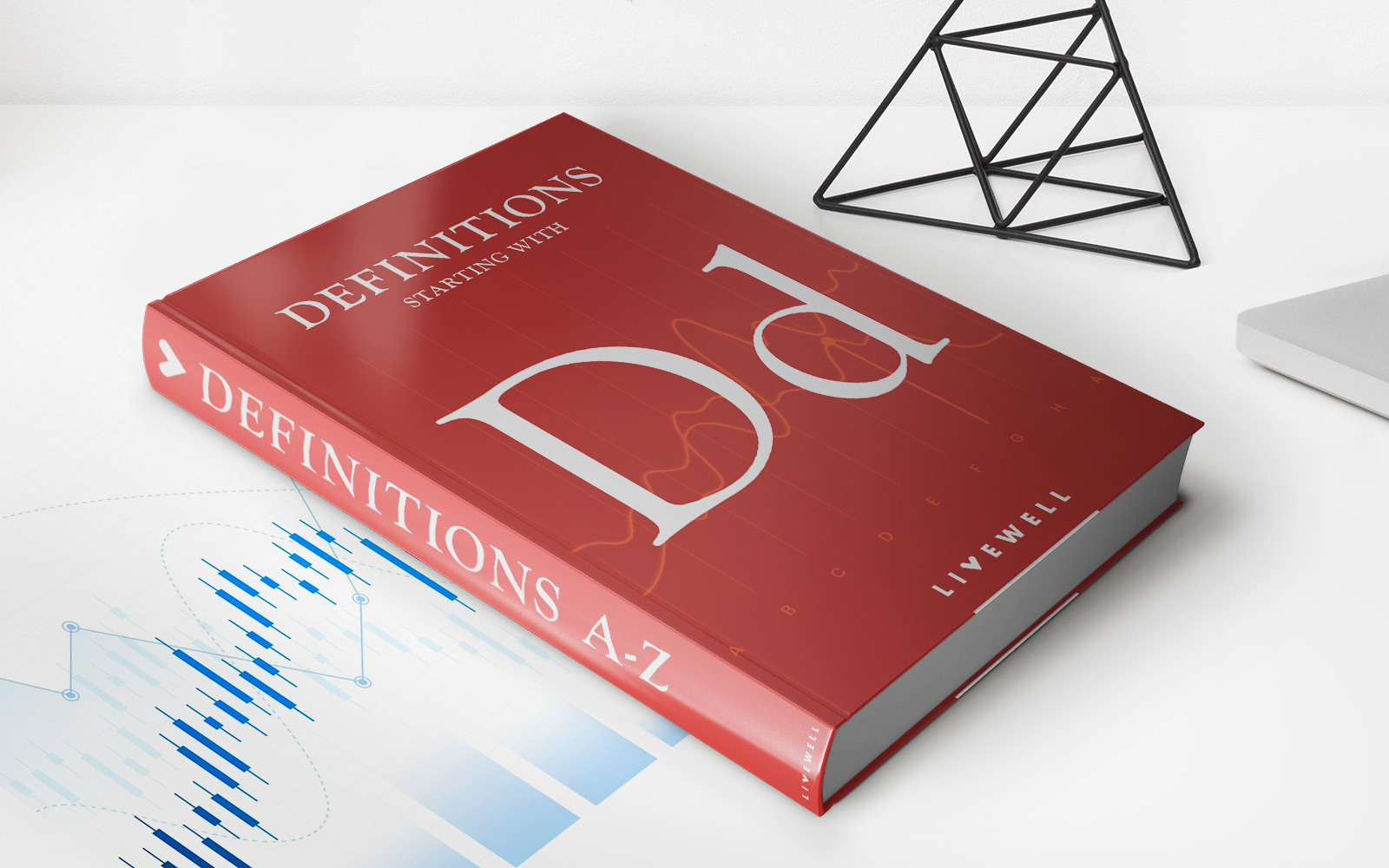Home>Finance>What Is IOTA (MIOTA)? Definition, How It Works, And Concerns
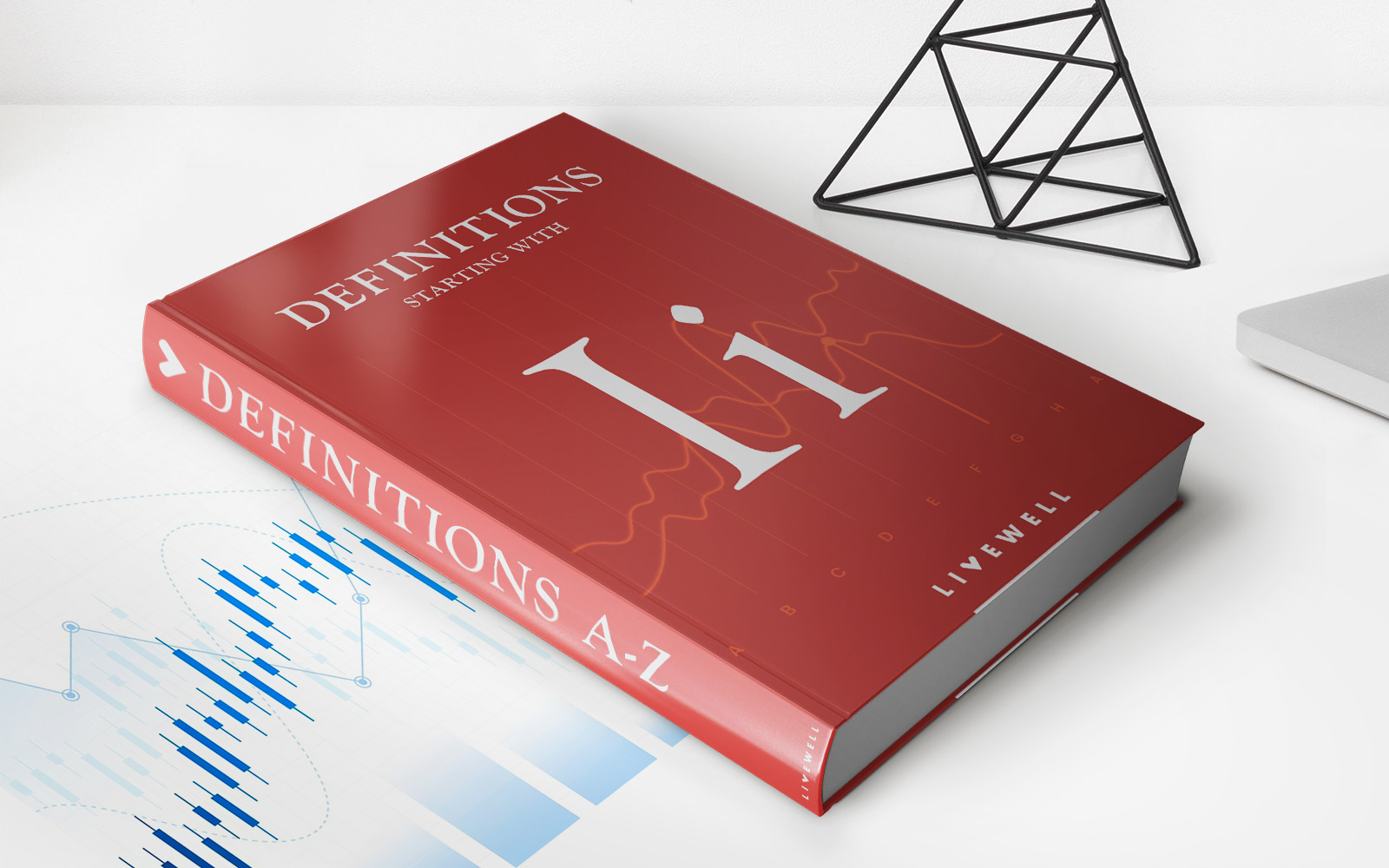

Finance
What Is IOTA (MIOTA)? Definition, How It Works, And Concerns
Published: December 13, 2023
Discover the definition, workings, and concerns of IOTA (MIOTA) in the world of finance. Explore how this innovative technology is revolutionizing the industry.
(Many of the links in this article redirect to a specific reviewed product. Your purchase of these products through affiliate links helps to generate commission for LiveWell, at no extra cost. Learn more)
What Is IOTA (MIOTA)? Definition, How It Works, and Concerns
Welcome to the world of cryptocurrencies, where new and exciting projects are constantly emerging. One such project that deserves your attention is IOTA. In this article, we will explore what IOTA is, how it works, and address some concerns surrounding this innovative cryptocurrency.
Key Takeaways:
- IOTA is a cryptocurrency designed specifically for the Internet of Things (IoT) era.
- It uses a unique technology called the Tangle, which is a distributed ledger without blocks or chains.
Now, let’s dive deeper into the specifics of IOTA. Fundamentally, IOTA aims to be the backbone of the IoT ecosystem by enabling secure, fee-less transactions between devices. Unlike traditional blockchains, which require miners to validate transactions, IOTA utilizes a technology called the Tangle.
The Tangle is a directed acyclic graph (DAG) that allows each transaction to confirm two previous transactions. This unique structure eliminates the need for miners, resulting in zero transaction fees and increased scalability. In simple terms, the more users and transactions there are, the faster and more secure the network becomes.
One of the key advantages of IOTA’s Tangle is its ability to handle microtransactions efficiently. This makes it ideal for machine-to-machine (M2M) transactions in the IoT space. For example, imagine a scenario where your refrigerator automatically orders groceries online as soon as it detects you are running low on supplies. IOTA’s fee-less nature and fast transaction confirmation time make these kinds of transactions practical and cost-effective.
However, like any emerging technology, IOTA has faced its fair share of concerns. One notable issue is the centralization debate. In the early stages, IOTA raised funds through an Initial Coin Offering (ICO) and used a centralized “Coordinator” to secure the network. This led to some criticism about the project’s decentralization claims. However, IOTA has actively been working towards removing the Coordinator and achieving complete decentralization.
Another concern revolves around the security of the Tangle. While the technology itself is innovative, the absence of a long-standing track record leaves room for potential vulnerabilities. It is worth mentioning that the IOTA Foundation, the organization behind IOTA, has a strong team of developers continuously auditing and improving the system’s security.
In Conclusion
IOTA is a fascinating cryptocurrency project that aims to revolutionize the IoT space with its unique Tangle technology. It offers fee-less transactions, increased scalability, and fast confirmation times, making it ideal for machine-to-machine transactions. While concerns about centralization and security exist, the IOTA Foundation is actively addressing these issues on its journey towards achieving complete decentralization. As the IoT continues to expand, keeping an eye on IOTA’s progress can provide valuable insights into the future of decentralized finance.
